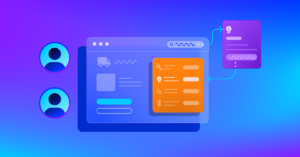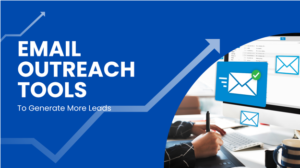
As marketers, we need to know what should be on our collective radar to plan and optimize our email programs. The annual parade of trends articles for the coming year helps us do just that.
However, rarely do the writers advise their readers to think about their primary challenges, develop strategies to solve them, and then – and only then! – think about the tactics (labeled as trends) they will use to carry out those strategies.
What happens? We end up with solutions in search of problems. That’s when marketers can end up chasing shiny toys that drag their email programs way beyond the norms and divert time, money and attention away from the solutions that can actually make a difference.
Here are two scenarios I’ve seen recently.
1. Over-segmentation.
We know that email programs drive more value when you build them on segmented, targeted and triggered messaging. Every customer in your segments or triggers gets a message with content that reflects their behavior, preferences and interests.
This comes as close to an email best practice as insisting on getting subscriber consent and permission before sending emails.
But if you send only triggered or highly segmented campaigns, what do the customers or subscribers who don’t fit into your segments or meet your trigger criteria receive? What if they don’t open/click/buy that often or leave a data trail from browsing? If they don’t get your emails, they can’t generate opens, clicks or conversions.
I’ve seen this trend developing over the last couple of years as well-meaning marketers take that best practice too much to heart. These days it’s easy to do because even the most basic email platforms make it simple to create highly targeted and triggered campaigns.
This wastes one of email’s superpowers – you can contact your customers whenever you want. Your email messages can nudge your customers into action. You don’t have to wait for your customers to find you on their own or through search.
You can solve this problem by creating a catch-all broadcast campaign that goes to everyone your highly personalized messages don’t reach. Your brand continues to show up in their inboxes, ready for them when the time is right to engage.
2. Creating “best of breed” emails
These are emails that showcase the latest advanced email features – allowing email to accomplish feats no one could ever envision and making your emails the envy of your industry friends.
These often get expressed as trends or a “must-do” list of tactics intended to help you build engagement. They all promise the same thing:
- “Video makes email more engaging.”
- “Interactive emails are more engaging.”
- “Overlapping and collage images are more engaging.”
Who could be against that? But sometimes, “best of breed” can mean adding expensive and sometimes untried features to a business-as-usual email message. Chad White of Oracle Marketing Consulting lists AMP for Email as an “unproven opportunity” and cautions that enthusiasm from both marketers and Google, its creator, appears to be fading. Should you invest time and energy in developing this feature? Or is there something else you could give your subscribers that would make your emails even more valuable?
Loading up our emails with advanced coding or technology just because we want to be on-trend without having a strategic purpose can make them overly complex and less workable for our customers and subscribers.
The more we complicate the email’s design, coding and rationale, the more likely we’ll end up breaking the email so that it doesn’t render well across all devices and browsers. That doesn’t enhance engagement. It degrades it.
Some innovations also ask email to do things not intended to do. Every marketing channel has its roles and limitations.
Email’s primary role is to move your customer to your website and generate the conversions or interest signals you need to gather more data and understand your customers better. It’s not the checkout aisle or the pricing sheet.
Get the daily newsletter digital marketers rely on.
Achieving balance is a true best practice
I don’t mean to discourage you from aiming high and seeking ways to create better email programs – those that help you achieve your goals while your customers use your emails to achieve theirs. And I love innovation when it helps us solve a problem or create a better email experience for our customers.
But in email marketing, as in life, we need to balance our ambitions against what makes sense. We need to ask the tough questions and evaluate whether a trend represents a real opportunity or distracts from our purpose. That’s the best way to become a “best of breed” marketer.
Everything you need to know about email marketing deliverability that your customers want and that inboxes won’t block. Get MarTech’s Email Marketing Periodic Table.
Opinions expressed in this article are those of the guest author and not necessarily MarTech. Staff authors are listed here.


![HubSpot's 2025 State of Blogging Report [Data from 500+ Marketers]](https://www.liveseo.com/wp-content/uploads/2025/02/HubSpots-2025-State-of-Blogging-Report-Data-from-500-Marketers.webp-300x300.webp)


